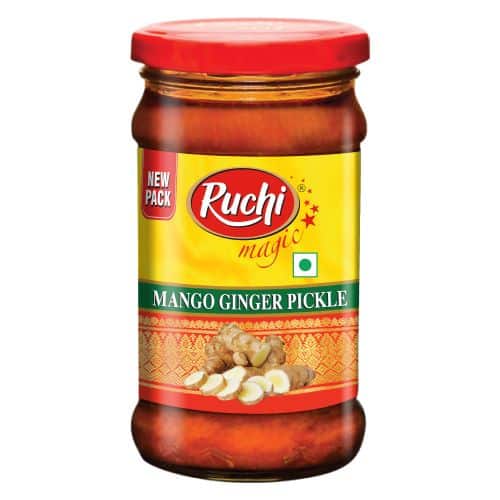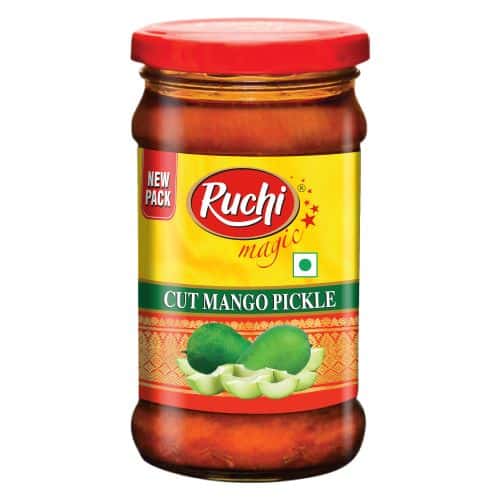Introduction to Garden Onion Pakoda
Garden onion pakoda is a cherished traditional Indian snack, known for its crunchy texture and delightful flavor. This culinary delight originates from the rich tapestry of Indian cuisine, which boasts a plethora of regional specialties and diverse food traditions. Made primarily from thinly sliced onions, coated in a spiced gram flour batter and deep-fried to golden perfection, onion pakoda serves as a testament to the ingenuity and resourcefulness that defines Indian culinary practices.
The origins of onion pakoda can be traced back to ancient Indian kitchens where simplicity and ingenuity were key components of the culinary culture. The choice of gram flour, or besan, not only imparts a nutty flavor but also binds the ingredients together, ensuring that each piece remains intact during frying. The addition of traditional spices such as turmeric, cumin, and coriander elevates the humble onion pakoda, making it a beloved snack across the subcontinent.
Garden onion pakoda holds significant cultural importance in Indian households. It is synonymous with monsoon seasons, commonly enjoyed with a hot cup of chai, providing warmth and comfort during rainy days. Beyond its role as a monsoon snack, it is a staple during festivals, gatherings, and even everyday tea-time rituals. The snack’s popularity transcends regional boundaries, thus cementing its place as a quintessential element of Indian culinary heritage.
While its roots are decidedly Indian, garden onion pakoda has the potential to captivate global audiences. Its versatile nature allows for numerous variations and an ability to adapt to different taste preferences, making it an ideal candidate for global culinary exploration. As we delve deeper into authentic recipes and explore opportunities for international partnerships, garden onion pakoda stands as a beacon of cultural exchange, ready to tantalize taste buds worldwide.
Authentic Garden Onion Pakoda Recipes
Garden onion pakoda, a cherished Indian snack, embodies a harmonious blend of simplicity and rich flavors. To craft the perfect pakoda, one must begin with fresh ingredients. Start by selecting garden-fresh onions, preferably red or white varieties, known for their robust flavor and crisp texture. Thinly slice the onions, allowing for each slice to meld seamlessly with the batter.
The batter forms the heart of a good pakoda. Traditional recipes call for besan (gram flour) as the primary ingredient. To this, add a pinch of baking soda for crispiness, and spices like cumin seeds, coriander powder, turmeric, and red chili powder to enhance the flavor profile. Mix the dry ingredients well before gradually adding water to create a thick, yet smooth batter that coats the onions generously.
Heat oil in a deep frying pan over medium heat. The oil must reach the right temperature—too hot, and the pakodas will burn; too cool, and they will become soggy. A small drop of batter should sizzle and rise to the surface instantly, indicating the oil is ready for frying. Carefully drop spoonfuls of the mixed batter into the hot oil. Do not overcrowd the pan, as this lowers the oil temperature, affecting the crispiness. Fry until golden brown, ensuring even cooking by occasionally turning them.
Onion pakodas exhibit regional flair across India. In Andhra Pradesh, a version with curry leaves and green chilies adds a spicy, aromatic twist. In Maharashtra, carving onions into slightly thicker slices incorporating a hint of ajwain (carom seeds) offers a unique taste. Tamil Nadu’s pakodas often include rice flour in the batter, lending additional crunchiness.
Garden onion pakoda is more than just a snack; it is an experience that encapsulates the culinary diversity of India. Whether enjoyed with chai on a rainy day or served as an appetizer at gatherings, these authentic recipes ensure a delightful and flavorful treat. By appreciating the subtleties of regional variations, one can savor the rich tapestry of tastes that garden onion pakoda offers.
Innovative Twists and Global Fusion
The classic garden onion pakoda has continually evolved, welcoming a plethora of innovative twists that blend tradition with global flavors. This delightful street food, beloved for its crispy texture and savory taste, now enjoys international appeal through creative adaptations by chefs and home cooks worldwide.
One such variation is the Mediterranean-style onion pakoda. This version infuses the pakoda with ingredients like sun-dried tomatoes, olives, and feta cheese. The traditional chickpea flour batter is enriched with Mediterranean herbs such as oregano and basil, imparting a vibrant and aromatic quality to each bite. These elements combine seamlessly, adding a distinctive twist while maintaining the essence of the original pakoda.
Spicy Mexican-style onion pakoda is another exciting fusion. By incorporating ingredients such as jalapeños, cilantro, and a hint of lime zest, this version delivers a fiesta of flavors. To enhance the heat, a dash of paprika or chili powder is often mixed into the batter. The result is a pakoda that boasts the zesty, spicy flair typical of Mexican cuisine, coupled with the comforting crunch that defines traditional Indian pakoda.
Beyond these variations, culinary creativity knows no bounds. Some enthusiasts have experimented with incorporating cheeses like mozzarella and cheddar, giving rise to gooey, indulgent pakodas. Others have tried adding seasonal vegetables or fruits, such as corn, bell peppers, or even apples, to create a delightful balance of sweetness and savory notes. These inventive takes resonate with those seeking to explore pakoda’s versatility.
Through these innovative twists, the garden onion pakoda transcends borders, celebrating a fusion of cultures. This global embrace not only broadens the dish’s appeal but also exemplifies how culinary traditions can be both honored and reimagined in exciting new ways.
Opportunities for Global Partnerships
The potential for global partnerships in promoting garden onion pakoda is vast and multifaceted. Food businesses, culinary schools, and cultural organizations all play pivotal roles in bringing this traditional snack to an international audience. The global food market is increasingly drawn to authentic, regional flavors, which presents an opportune moment for expanding the reach of garden onion pakoda.
Collaboration with food businesses can significantly enhance the visibility of garden onion pakoda. International food chains and local eateries alike can introduce this snack as a part of their offerings, showcasing it to a diverse consumer base. Culinary schools, too, can integrate the preparation of garden onion pakoda into their curriculum, educating chefs who will eventually introduce the dish in various global cuisines.
Cultural organizations are also instrumental in this endeavor. Through events, festivals, and culinary exchanges, these organizations can create platforms for garden onion pakoda to be experienced and appreciated. Such curated experiences can drive local and international interest, fostering a deeper understanding and acceptance of this delectable snack.
Understanding market trends is crucial for successful international food collaborations. There is a growing demand for plant-based and gluten-free options, giving garden onion pakoda an edge, as it can be tailored to meet these dietary preferences. Market research and analysis can help identify key regions and demographics that are most likely to embrace this snack, enabling a targeted approach for its introduction.
Case studies of successful international food collaborations offer valuable insights. For instance, the global success of sushi and pizza, once regional specialties, underscores the potential for garden onion pakoda to achieve similar acclaim. Learning from these examples, strategies such as localized marketing, product adaptation, and leveraging social media can be effective in building a global brand.
In summary, the globalization of garden onion pakoda through strategic partnerships holds promising prospects. By involving food businesses, culinary institutions, and cultural organizations, and by understanding market trends and successful collaboration models, it is possible to build a vibrant global brand around this traditional snack, ensuring its place in the world’s culinary landscape.













Reviews
Clear filtersThere are no reviews yet.